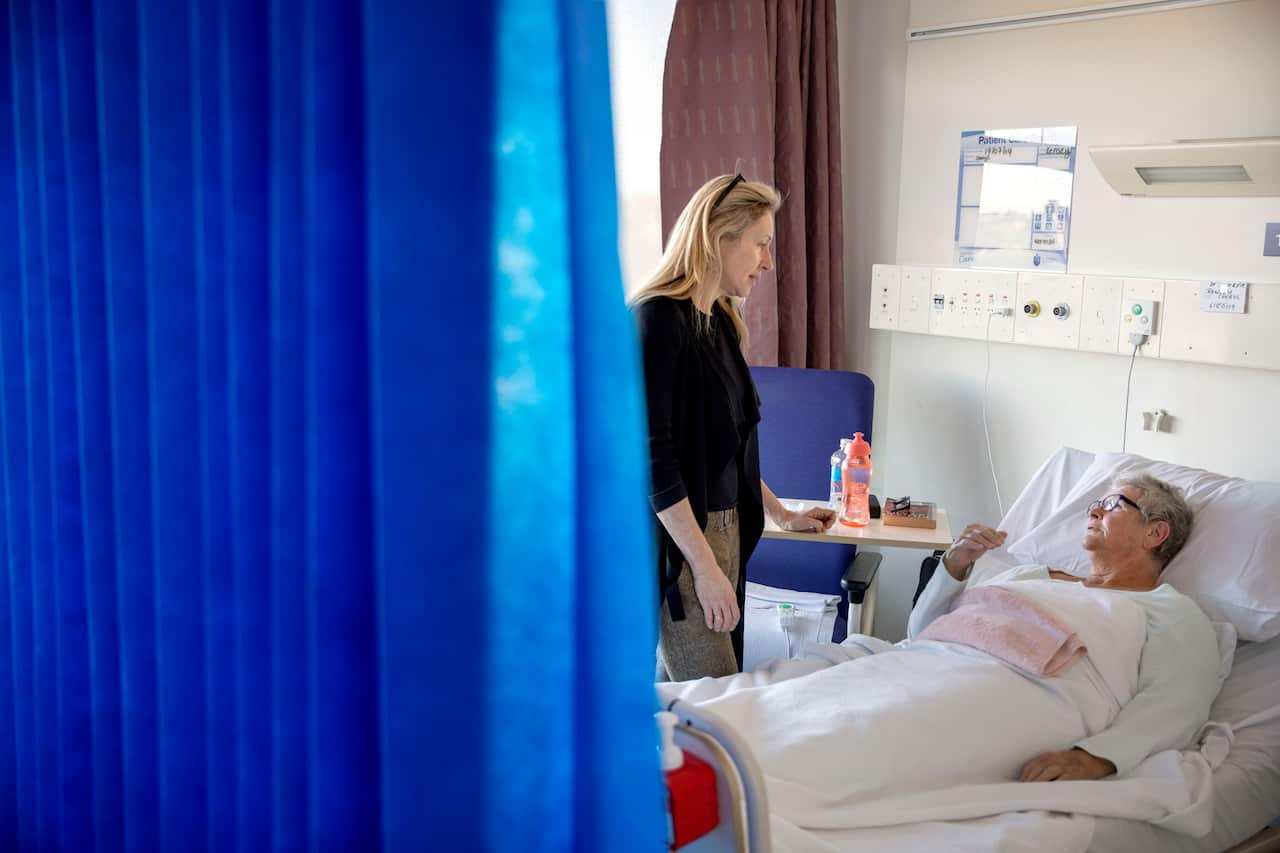The report also brings together the most recent data on Australian lifespans, with national life expectancy now in the 80s.
Life expectancy is fourth highest in the OECD
A boy born in 2020-2022 can expect to live on average 81.2 years, while life expectancy for a girl is even higher, at 85.3 years.
The average life expectancy for Australians. Source: SBS News
Life expectancy rates among First Nations people are lower, with males expected to live 71.9 years, and women up to 75.6 years.
But Australians can still expect to live more than 40 per cent longer than they did a century ago. Those born in the early 1900s were only expected to live to age 55.
Life expectancy fell even more sharply in the United States during the COVID-19 pandemic from 78.9 in 2019, to 76.4 in 2021; and the United Kingdom from 81.3 in 2019, to 80.4 in 2020.

Australia has fewer smokers than many other OECD countries but high levels of overweight and obese residents. Source: SBS News
We’re healthier for longer
This contributes to demand on the health system and other services.

Australians are healthier for longer but we also spend longer in ill health. Source: AAP
Health issues experienced at different stages of life
Pregnancy and childbirth was a top factor for hospitalisation for those aged 25-44, while older Australians were more likely to be admitted for care involving dialysis or cancer.

Top 3 reasons for hospitalisation in 2022-23 for each age group. Source: SBS News
COVID-19 was third-leading cause of death
In 2022, COVID-19 became the third leading cause of death in Australia, the first time in more than 50 years an infectious disease was in the top five. Influenza and pneumonia were the fifth leading causes in 1970.

Coronary heart disease is the leading cause of death in Australia. Source: SBS News
Between 1907 and 2020, deaths from infectious diseases fell by 98 per cent due to disease control measures and childhood immunisations for conditions like tuberculosis, polio, diphtheria, tetanus, whooping cough, measles, mumps and rubella.
Leading causes of death have shifted from infectious diseases to chronic conditions. Overall, chronic conditions contributed to 90 per cent of all deaths in 2022.

Leading causes of death for females in 2022. Source: SBS News
Coronary heart disease is the leading cause of death in Australia followed by dementia.
Among First Nations people, cancer is the most common group of diseases causing death, overtaking cardiovascular disease in recent years.

Leading causes of death for males in 2022. Source: SBS News
Ill health is costing Australians
In 2023, it was estimated that Australians lost 5.6 million years of healthy life due to either ill-health or dying prematurely.
It was a different story for First Nations people, with mental and substance use disorders impacting them the most, followed by injuries, cardiovascular diseases, cancer and musculoskeletal conditions.
Waiting times have grown
Almost 10 per cent of patients waited for surgery more than a year, an increase from 6.3 per cent in 2021-2022, and 2.1 per cent in 2018-2019.
Source Agencies


